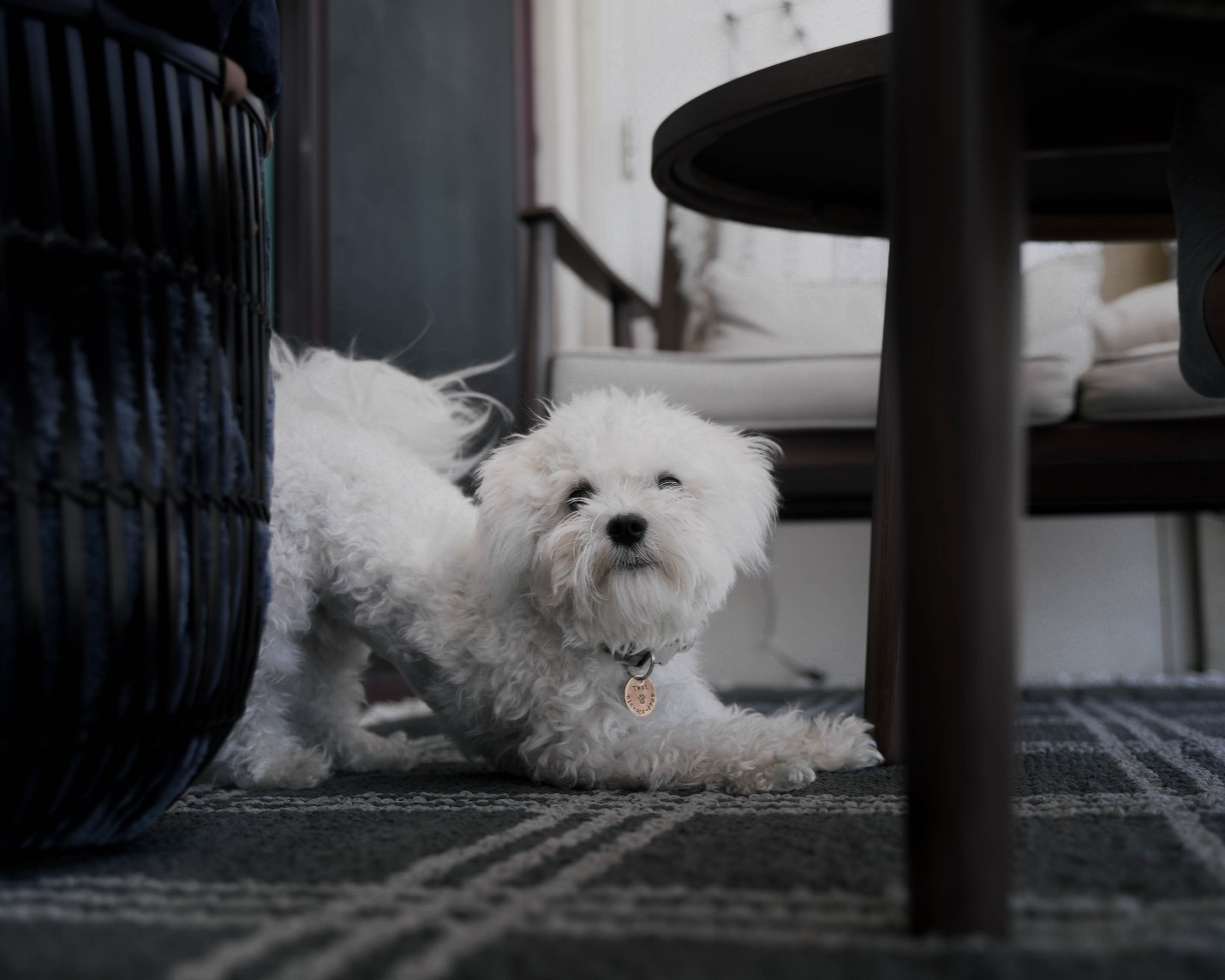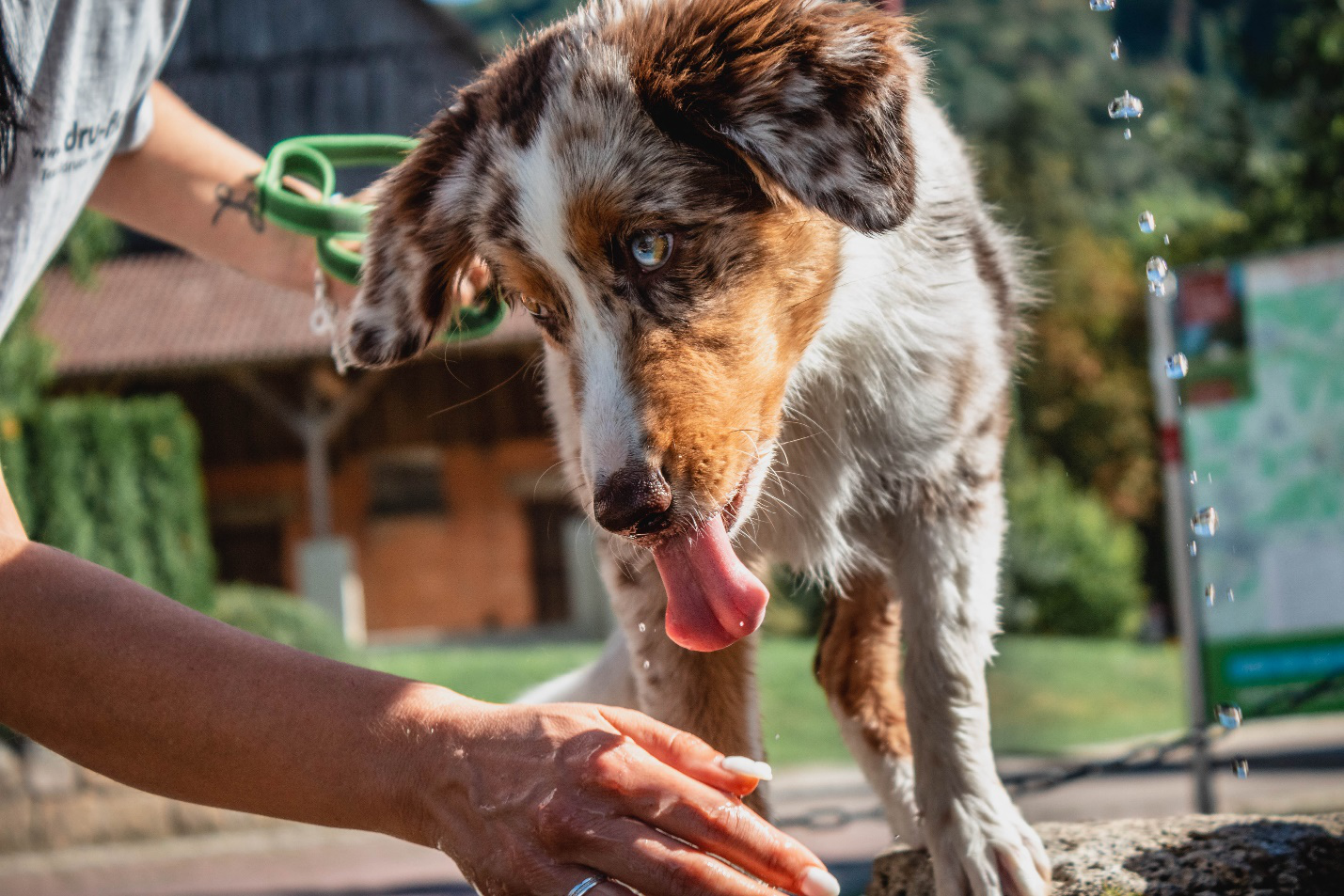Our beloved dogs are more than just four-legged companions; they are family members. These pets have their own unique language waiting to be understood. They communicate with us through a combination of vocalizations, body language, and subtle cues that reflect their emotions and needs. Understanding their signals allows us to deepen the bond we share with them. From an excited tail wag to a heart-melting gaze, the more we understand their quirks and expressions, the richer our connection becomes.
This comprehensive guide will help you comprehend the unspoken language of dogs. We’ll help equip you to understand your pet’s language, offering valuable insights into their thoughts, emotions, and needs to transform the way you care for your furry friends.
If that piques your interest, keep reading to find out more.
Navigating the Language of Tail Wagging
Dogs, the perennial optimists of the animal kingdom, express their emotions through tail wags. Vigorous wagging often signifies excitement and happiness, while a slow, low wag might indicate caution or submission. Context is key – a wagging tail paired with relaxed body language generally denotes a content puppy, while a stiff body could suggest unease or tension. Tail positioning matters too; a raised tail signals confidence, while a tucked tail may convey fear or anxiety.
Understanding these cues allows pet owners to gauge their dog’s emotional state, responding with appropriate care and attention.When our canine companions express themselves through tail wagging, it becomes essential for owners to interpret this joyful language with sensitivity and responsiveness. Owners should embrace the opportunity to connect with their pets by responding appropriately. It can be through affectionate belly rubs, encouraging words, or simply by sharing in the joy.
Understanding the Canine Conversation of Barks
Barking, the canine equivalent of vocal expression, serves as a multifaceted communication tool. While a playful bark may accompany a game of fetch, persistent barking could signal boredom or a desire for attention. Dogs also bark to alert their owners to potential threats or to express excitement.
Recognizing the nuances in pitch, frequency, and tone helps decode the message. For instance, a high-pitched, rapid bark may denote excitement, whereas a deep, continuous bark may indicate a need for investigation or protection. Responding appropriately involves acknowledging the underlying emotion – be it joy, anxiety, or a call to action.
When dealing with a barking dog, owners should first observe the accompanying body language and the specific characteristics of the bark. If the bark is enthusiastic and accompanied by a wagging tail, it may be an invitation to play, and responding with interactive activities can channel that energy positively. On the other hand, if the bark seems persistent or anxious, it’s crucial to investigate the cause.

A happy puppy bowing at a dog boarding center
Deciphering the Canine Play Bow for Joyful Interactions
Dogs often engage in a play bow – a posture where the front half of their body lowers while their hindquarters remain raised. This playful stance, accompanied by a wagging tail, is an invitation to frolic and engage in friendly interaction. Recognizing the play bow helps owners distinguish between roughhousing and more serious interactions, ensuring a positive and enjoyable playtime for both dog and owner. Owners should embrace the opportunity to engage in light-hearted play, incorporating toys or engaging in gentle wrestling,
Understanding Whining and Responding with Care
Whining is a vocalization dogs use to express various emotions. While it can indicate distress or discomfort, dogs may also whine to convey excitement, anticipation, or a desire for attention. Identifying the context and accompanying cues, such as tail wagging or body language, aids in responding appropriately. For owners, comforting a whining dog during distress or redirecting their attention during overly excited moments fosters a supportive and balanced relationship.
Deciphering the Language of Canine Rolls
When a dog rolls over, exposing their belly, it is often a request for belly rubs or a sign of submission and trust. Owners should approach with gentleness and respect for the dog’s comfort level. Understanding the nuances of rolling over contributes to building trust and strengthening the bond between pet and owner.

A dog learning to roll over at a dog daycare center
Responding to this vulnerable display with gentle affection not only fulfills the dog’s request for physical attention but also reinforces the sense of security and trust they associate with their human companion. It is crucial for owners to be attuned to their dog’s body language during these moments, as it can provide insights into their emotional state. By approaching with care and respecting the individual comfort level of each dog, owners create an environment where their furry friends feel safe expressing their needs.
Understanding Sniffing: Innate Behavior
Dogs experience the world through their noses, and extensive sniffing is a natural behavior. Dogs may sniff to gather information about their surroundings, other animals, or even people. It’s an essential part of their exploration and communication. Allowing dogs to sniff during walks or providing opportunities for olfactory stimulation supports their mental well-being and satisfies their innate curiosity.
Decoding Canine Licks and Responding with Care and Understanding
Licking is a behavior expressing affection, submission, or a desire for attention. While occasional licking is a sign of bonding, excessive licking may indicate anxiety or discomfort. Understanding the context and accompanying cues helps owners respond appropriately.
When a dog engages in licking, owners should pay attention to the subtleties of this behavior and respond thoughtfully. Occasional licking should be responded to with gentle petting or verbal reassurance can strengthen the connection. However, if the licking becomes excessive, owners should approach with sensitivity, investigating potential stressors and providing a calm and secure environment.

A happy puppy licking a supervision expert at a dog boarding center
The Grand Paw: Where Pet Whisperers Unite for Your Furry Friend’s Ultimate Stay!
Entrust your fur baby’s happiness to the experts at The Grand Paw’s dog boarding center in Indio. We’ve been crafting the ultimate pet resort experience since 2003 by providing a large facility with tropical play yards, luxury suites, swimming pools, and more.
However, what really sets our pet care apart is our trained staff. Our experts possess the expertise to understand your pet’s language and behaviors, as well as respond to them correctly. Experience the difference with personalized care, supervision, and a deep understanding of your pet’s needs.
Connect with our dog boarding center in CA today.



Recent Comments